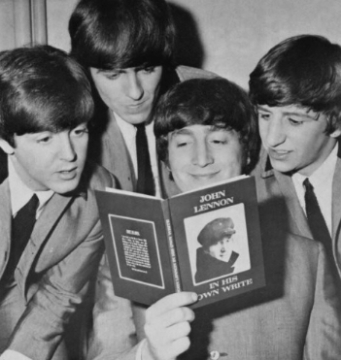
IF YOU CATCH A FIREFLY
by Lilian Moore
If you catch a firefly
and keep it in a jar
You may find that
you have lost
A tiny star.
If you let it go then,
back into the night,
You may see it
once again
Star bright.
SOURCE: “If You Catch a Firefly” appears in Lilian Moore’s collection I Feel the Same Way (New York: Atheneum, 1967), available at Amazon.com.
PHOTO: “Fireflies or lightning bugs (Photinus pyralis) light up a jar on a June evening in North Carolina as a meteor streaks across the Milky Way” by Kevin Adams, ALL RIGHTS RESERVED. Visit the photographer at kadamsphoto.com.
ABOUT THE AUTHOR: Lilian Moore (1909-2004) was an editor, educator, and poet who played a significant role in children’s literature during the mid-to late twentieth century. As the first editor of the newly established Scholastic’s Arrow Book Club from 1957 to 1967, Moore pioneered the program that made quality paperback books accessible and affordable for elementary school children throughout the United States. She also contributed many stories and poetry collections to the body of available children’s literature, and has been honored for her poetry as well as for several of her storybooks.













